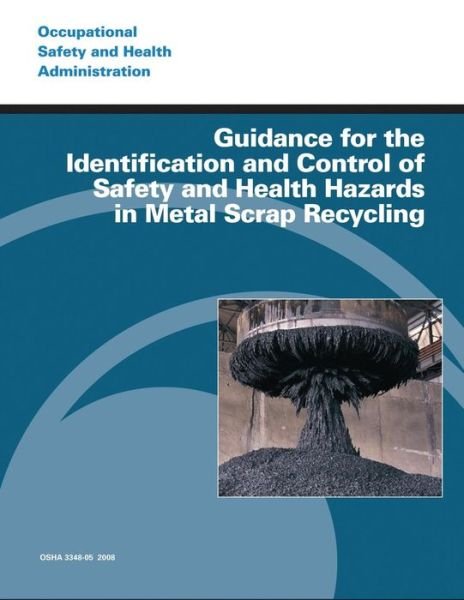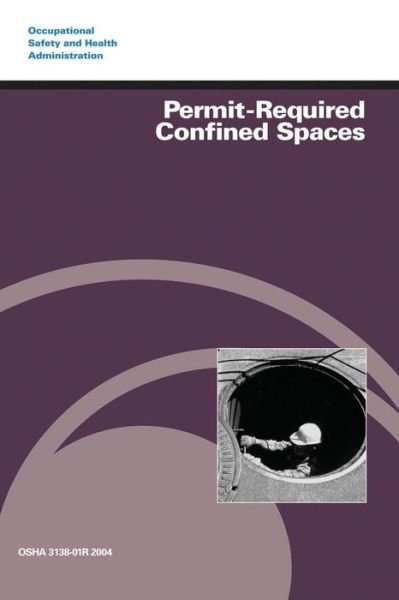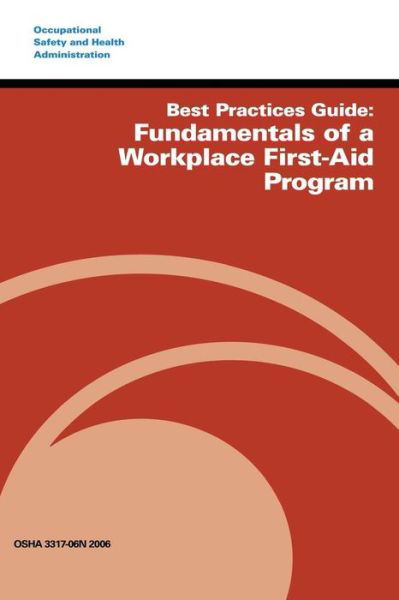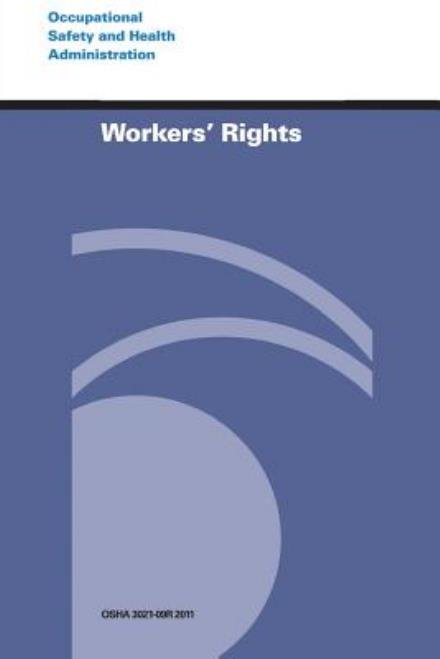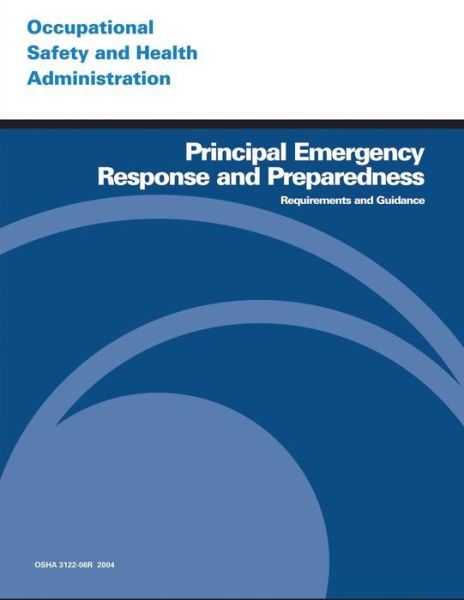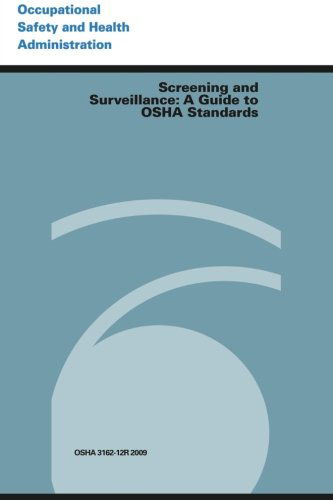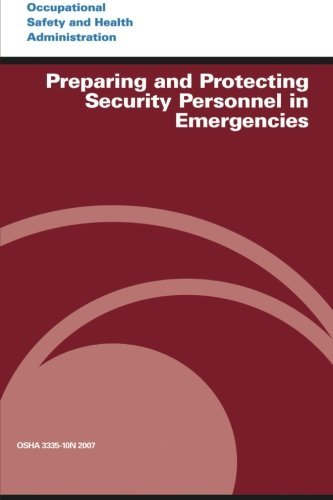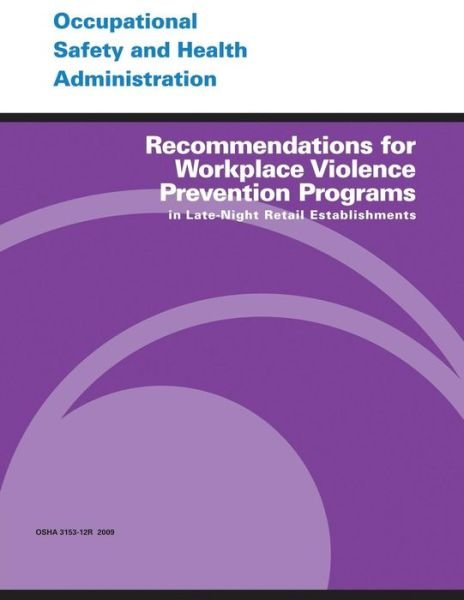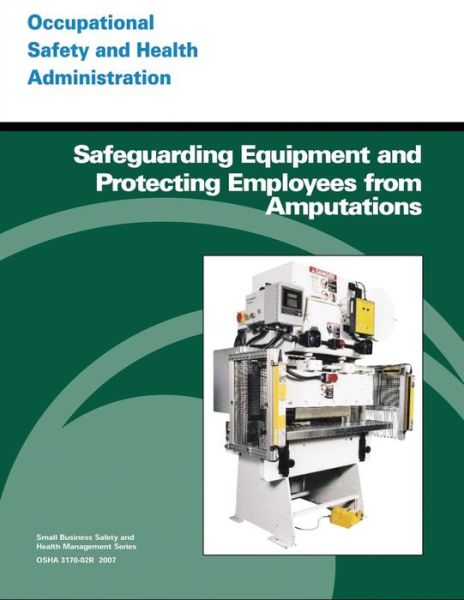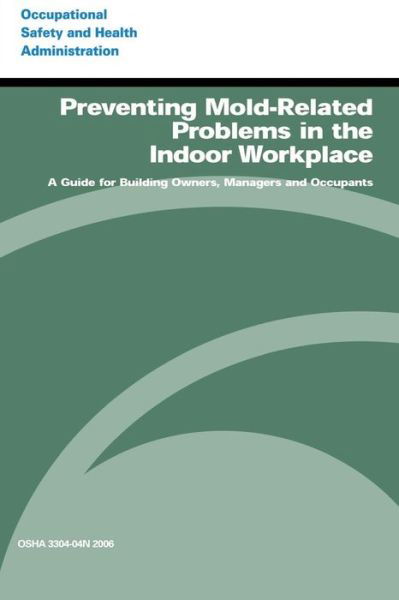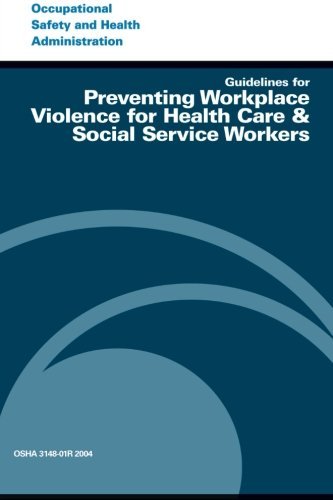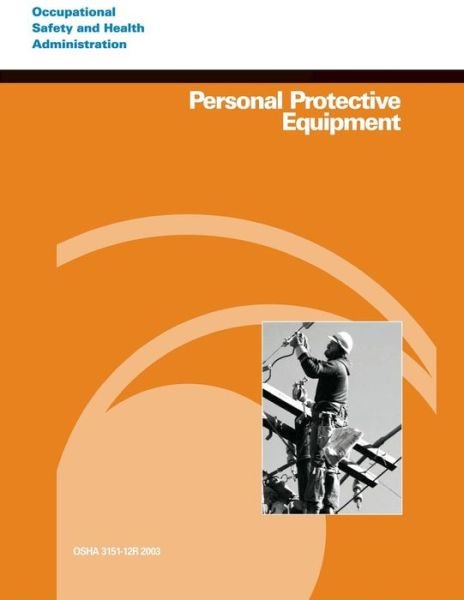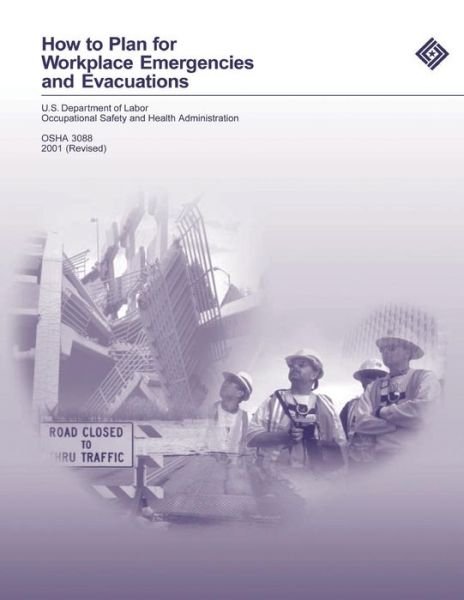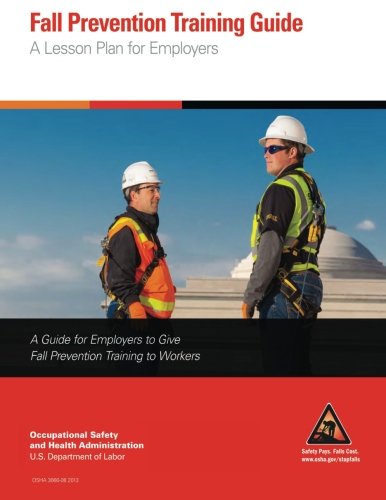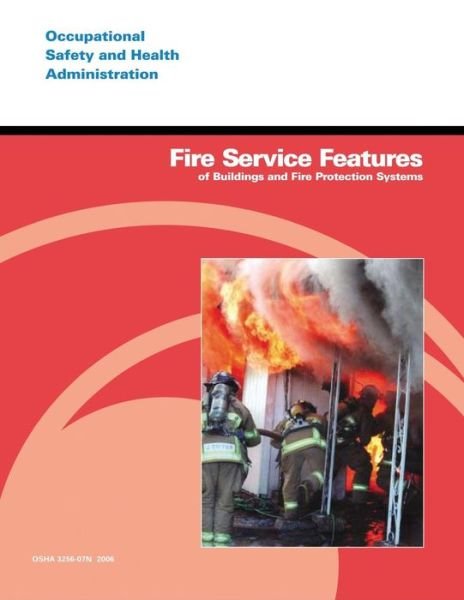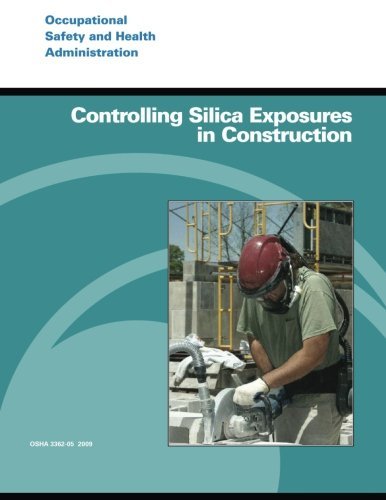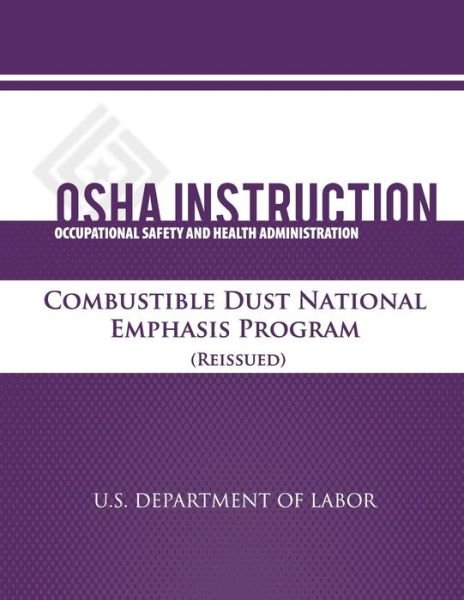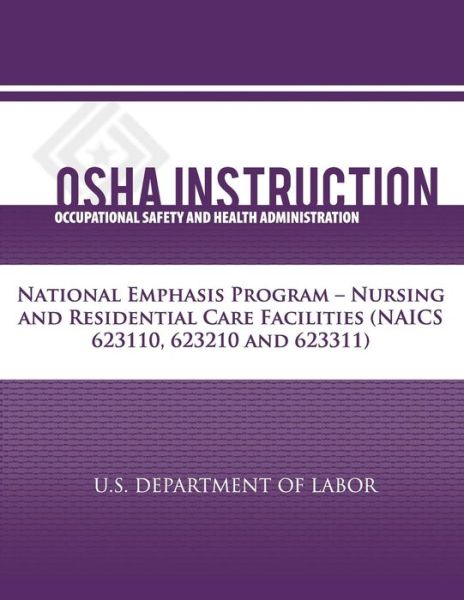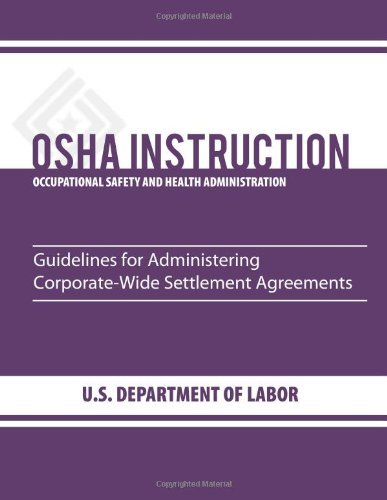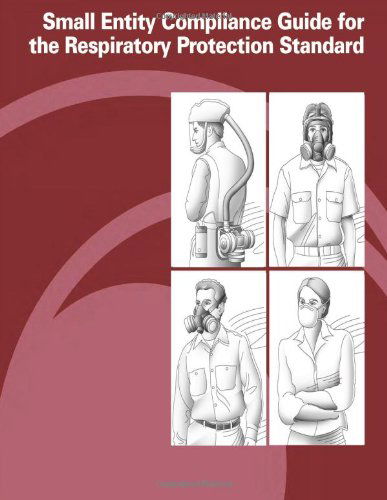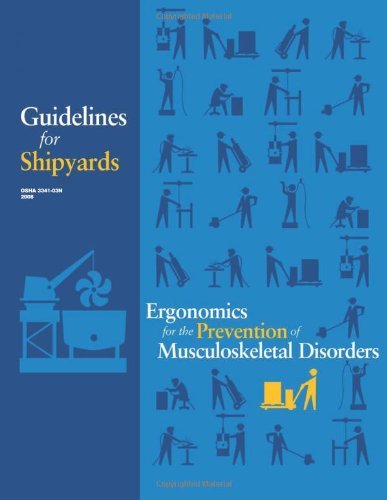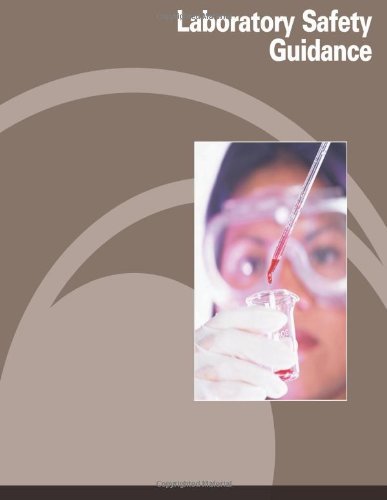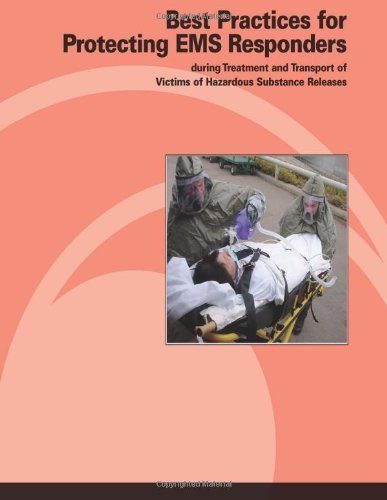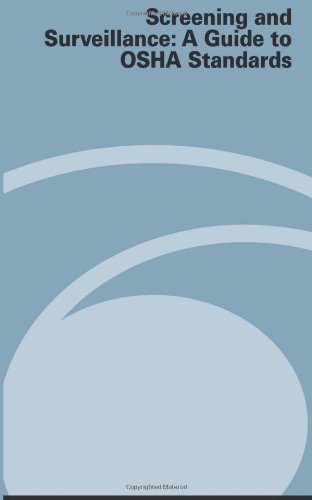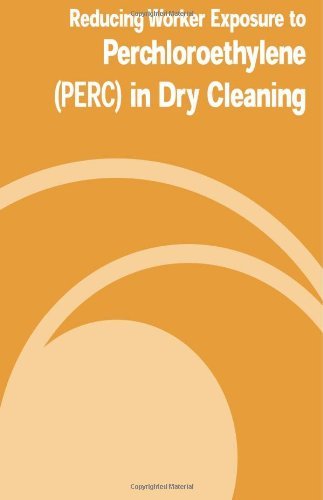
Conte aos seus amigos sobre este item:
Hexavalent Chromium
Occupational Safety and Health Administration
Hexavalent Chromium
Occupational Safety and Health Administration
OSHA 3373-10, ?Hexavalent Chromium? is intended to supplement OSHA?s Small Entity Compliance Guide for the Hexavalent Chromium Standards published in 2006 and to give readers an overview of the provisions and requirements of the Hexavalent Chromium standards for general industry (29 CFR 1910.1026), shipyards (29 CFR 1915.1026), and construction (29 CFR 1926.1126). Hexavalent chromium (Cr(VI)) is a toxic form of the element chromium. Hexavalent chromium is rarely found in nature and is generally man-made. Cr(VI) is widely used in pigments, metal finishing (electroplating), wood preservatives and fungicides, and in chemical synthesis as an ingredient and catalyst. Hexavalent chromium may also be present in fumes generated during the production or welding of chrome alloys. Chromium metal is often alloyed with other metals or plated on metal and plastic substrates to improve corrosion resistance and provide protective coatings. The steel industry is a major consumer of chromium metal in the production of stainless steel. Since 2000, there has been a decline in the use of chromates inpigments for paints and coatings; printing inks; ceramic, glass and construction materials; roofing and plastics. Employers are substituting less toxic inorganic and organic pigments where possible (SRI Consulting, 2008). Workplace exposure to Cr(VI) may cause the following health effects: lung cancer in workers who breathe airborne Cr(VI); irritation or damage to the nose, throat and lungs (respiratory tract) if Cr(VI) is inhaled; and irritation or damage to the eyes and skin if Cr(VI) contacts these organs. Workers can inhale airborne Cr(VI) as a dust, fume or mist while, among other things, producing chromate pigments, dyes and powders (such as chromic acid and chromium catalysts); working near chrome electroplating; performing hot work and welding on stainless steel, high chrome alloys and chrome-coated metal; and applying and removing chromate-containing paints and other surface coatings. Skin exposure can occur while handling solutions, coatings and cements containing Cr(VI). OSHA has separate standards for Cr(VI) exposures in general industry, shipyards and construction. Most of the requirements are the same for all sectors, with the exception of provisions for regulated areas, hygiene areas and practices, and housekeeping. Where there are differences, they will be explained in this booklet. The standards generally apply to occupational exposures to Cr(VI) in all forms and compounds in general industry, shipyards and construction. States that administer their own OSHA-approved occupational safety and health plans may have different requirements.
| Mídia | Livros Paperback Book (Livro de capa flexível e brochura) |
| Lançado | 25 de junho de 2012 |
| ISBN13 | 9781478133179 |
| Editoras | CreateSpace Independent Publishing Platf |
| Páginas | 28 |
| Dimensões | 2 × 127 × 203 mm · 40 g |
| Idioma | English |
Mais por Occupational Safety and Health Administration
Ver tudo de Occupational Safety and Health Administration ( por exemplo Paperback Book )


